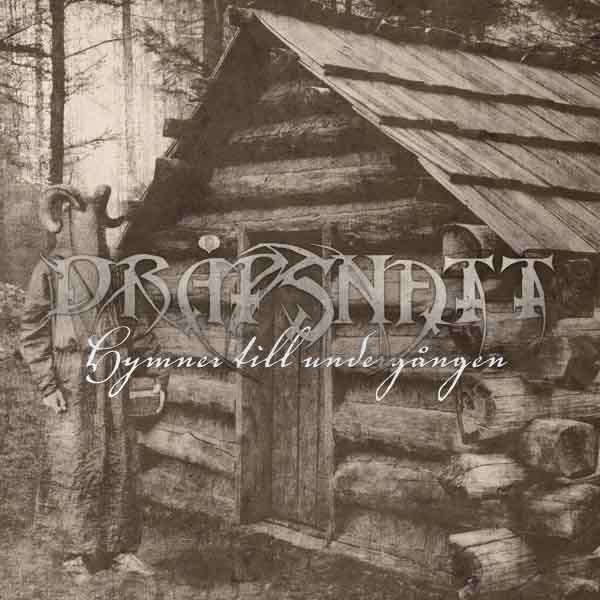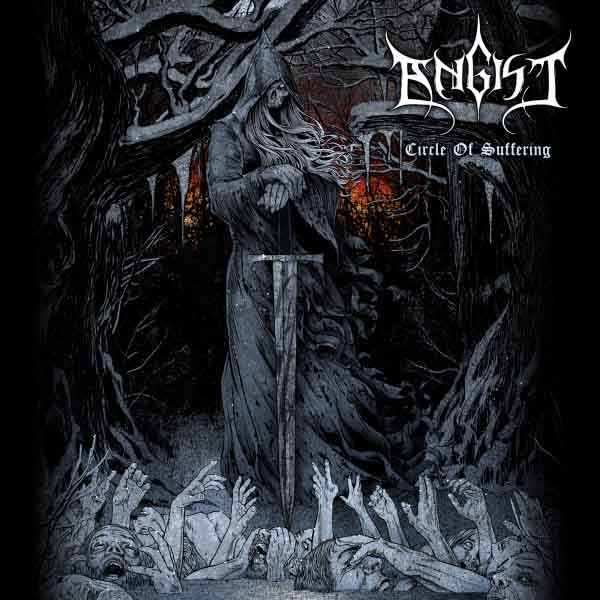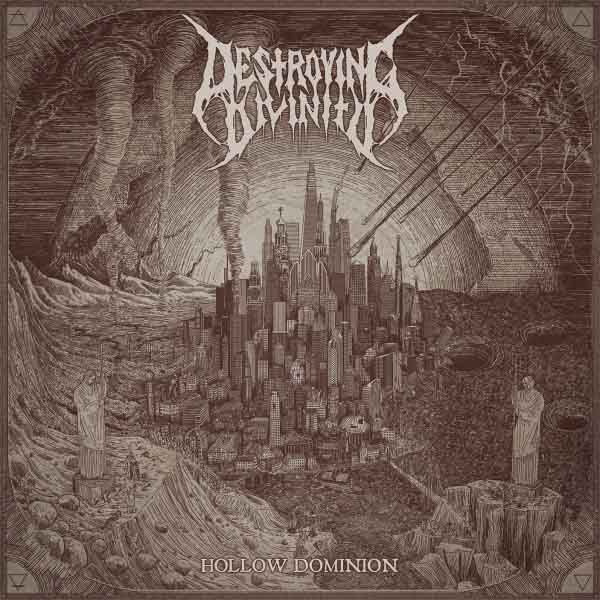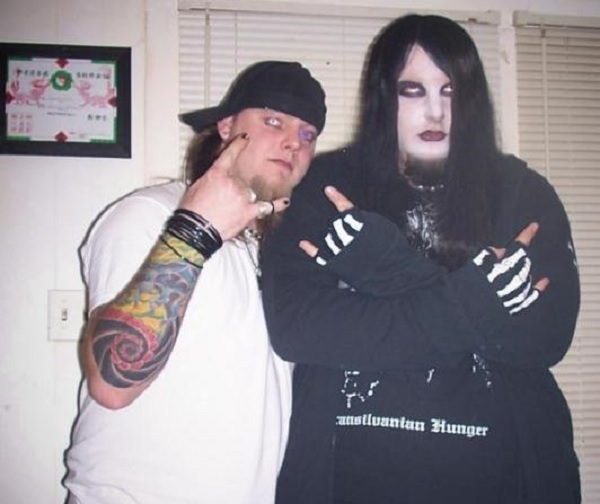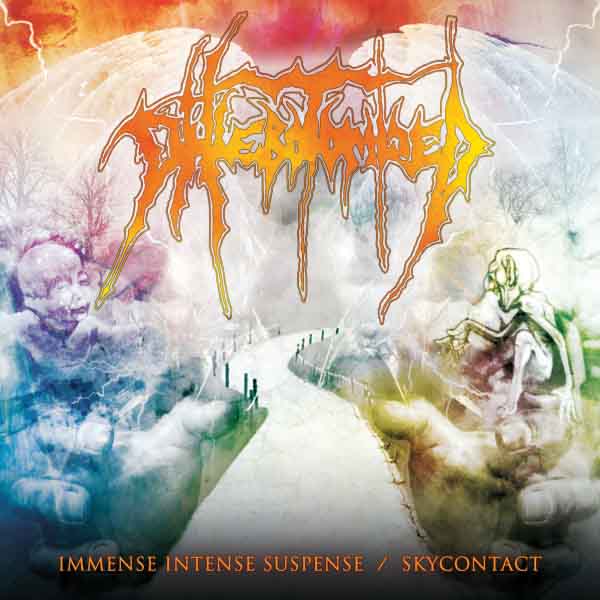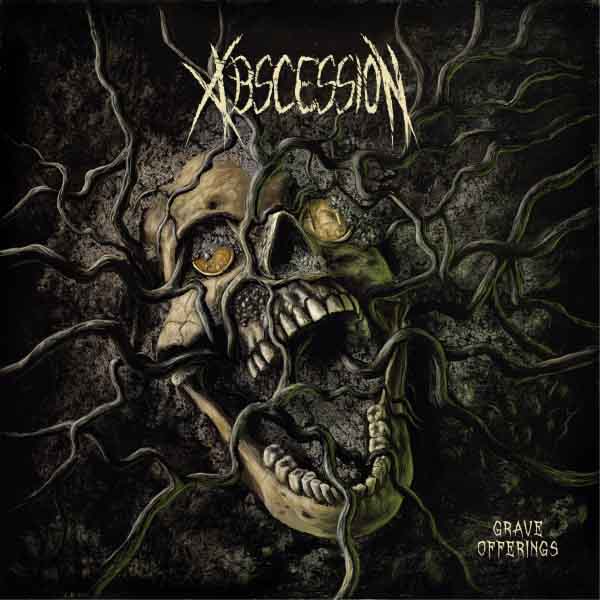
We all went to high school. #MetalGate reminds me of those dark days when there were cool kids and un-cool kids, and if you weren’t in the former group you were just nobody.
Growing up with a single Mom who kept our budget tight, I never had the cool clothes. Since I worked after school and then did homework until bedtime, I didn’t know the cool stuff on TV or in movies. Not having been raised around the cool kids, or having a parent with the time or energy to show me how to be “cool,” it never occurred to me to try. And suddenly people were pointing and laughing and then my head was getting bashed into a locker.
When one of these people approached me and started making fun of me, my instinct was to cower away and assume that they knew something I should know which gave them some kind of “authority” in the high school social scene. Over time I realized that this “something” was nothing important, and their real goal was savor the Schadenfreude of making someone else miserable for being who they were. I learned that there is one way to stand up to such people: do not apologize, do not back down, but go straight to the biggest one and hit him as hard as you can. They usually backed down and often apologized after that. I let the matter drop at that point since most of these bullies came from troubled homes: Dad drank too much, Mom ran around with the neighborhood used-car salesman, or there were money troubles. Some of them ended up being lifelong friends, after we settled our differences on the schoolyard.
When I look at #MetalGate, I see a whole industry cowering before these people who want to make metal “socially conscious” and politically correct. We, as metalheads, have refused to call these people what they are, so I will: bullies. They are bullies whose weapon is guilt. In high school, it was guilt for not being “cool.” In the hipster-nerd infested metal scene, it’s guilt for not having the “right” opinions. Haven’t we all matured past this?
Bullies always have a clique. This clique agrees that they are right and everyone else is just not cool enough. They need an excuse that other people will accept for their bullying, so they come up with a reason that sounds good. They do not care if it is true. They just want to rally other people around them who will agree that you deserved getting your head pounded into that locker. Like all cliques, their little group works by every member validating every other. It is the worst aspect of humanity which we saw at the Salem witch trials, at Nuremburg, even in lynch mobs hanging African-Americans. This is the psychology of prejudice, and bullies struggle to conceal their prejudice by arguing that they are defending their ingroup against an outgroup:
What Tajfel discovered is that groups formed on the basis of almost any distinction are prone to ingroup bias. Within minutes of being divided into groups, people tend to see their own group as superior to other groups, and they will frequently seek to maintain an advantage over other groups. – The Psychology of Prejudice, Professor Scott Plous, Wesleyan University
In other words, if you group people together by any arbitrary means they will quickly act like a tribe and enforce their rules on others. This is how bullies operate: they gather together people, offer them entry into an ingroup, but the price for that entry is that they must join in the bullying of the outgroup… and so kids get heads slammed into their lockers for wearing cardigan sweaters (hey, it was a hand-me-down) which is totally uncool.
The #MetalGate people, who I am told call themselves “Social Justice Warriors” or SJWs, are bullies of this type. They will claim they are against prejudice, but really what this means is that they are using that argument to conceal their own prejudice. They just want someone to bully. The reason is probably the same as with the high school bullies, which is that their lives are miserable and they want to take out their frustration and anger on others. This pattern occurs time and again, with the most famous being the Parents Music Resource Center (PMRC):
On August 19, 1985, the Commerce, Science and Transportation Committee of the United States Senate opened public hearings intended to gather expert testimony on “the content of certain sound recordings and suggestions that recording packages be labeled to provide a warning to prospective purchasers of sexually explicit or other potentially offensive content.” Widely known as “The PMRC Hearings” after the acronym of an independent group—the Parents Music Resource Council—advocating for the “voluntary” adoption of warning stickers on record albums whose lyrics it deemed to be offensive, the hearings did not, in fact, end up leading to any kind of legislative action.
This group also wanted to bully metal because they were looking for a scapegoat for what they saw as a decline in public morality. They figured they could pick on metalheads because we are not the wives of Senators, we may not have education and money, and we are prone to be silent when society bullies us. But metalheads stood up against them, whopped them in the nose, and refused to take it. Another group of bullies back in the 1980s were the Dead Kennedys fans who decided that Slayer was really, really bad for singing (with clear disapproval) about Auschwitz and the horrors of the Holocaust. “Nazi Punks Fuck Off” was their theme song and they used this as an excuse to beat on random fans wearing Slayer tshirts. Punk had just gone through its own #PunkGate at that point, I guess, and the politically correct people came out on top.
There are plenty of groups of bullies in metal today. The pretentious hipsters who think you are unenlightened if you do not “appreciate” Deafheaven are one, and so are the people who think that if you are not a full-on SJW you are a bad person. So are the “tryhards” who insist they support diehard underground music but use that as an excuse to troll anyone who does not exclusively listen to three-chord Blasphemy or Incantation clones. In each group, the solution is the same: tell them where they can shove their pretense and guilt because you know their secret, which is that they are just bullies.
The difference with SJWs is that they act like they are revolutionaries who are re-educating us in important topics. But guess what, guys: you are not disenfranchised anymore. You get positive press and in fact most of you work in the press. The US government agrees with you, as does the UN. Your ideas are not revolutionary because they are the norm. Like most bullies, you are cloaking yourselves in the ideals of the mainstream in order to punish us outliers. This is no different than what happened in the Soviet Union or Nazi regime, where people who “thought differently” got shot at dawn. You are the new Nazis.
Metal should fight back because metal should not become a vehicle for the control agenda of any group. Metal is its own group, and people police this because we know that many other groups would like to assimilate us and use us for their own purposes. It has been tried before, with hard rock in the 1970s, punk in the 1980s, and now post-punk in the 2000s. Like all bullies, they want to stop us from being different and make us more like them, which is to say the bog-standard generic mainstream. Their bands are all second-rate and their ideas warmed over slogans from the 1960s. Metalheads should feel no guilt about acting in our own self-interest, which is to keep our music away from this group of bullies and refuse to let them dominate us.
16 CommentsTags: gamergate, Hardcore Punk, Heavy Metal, metalgate, post-hardcore, punk
